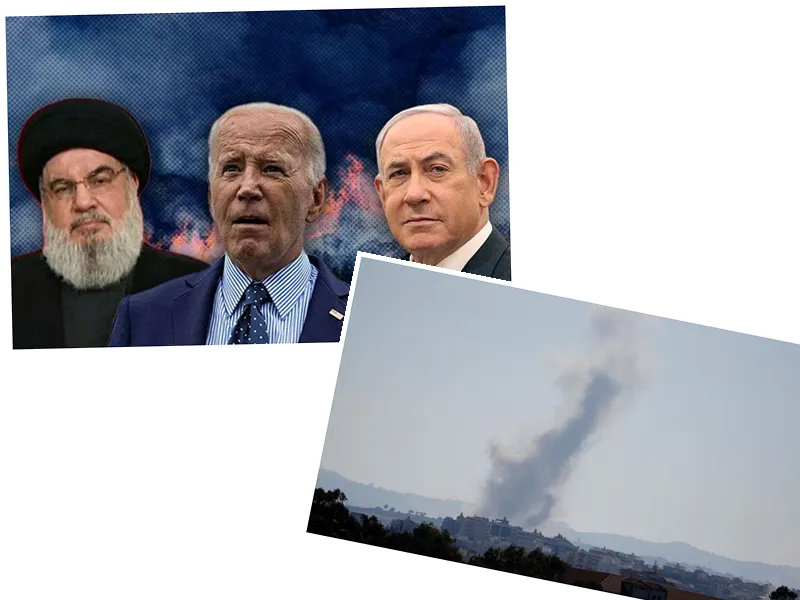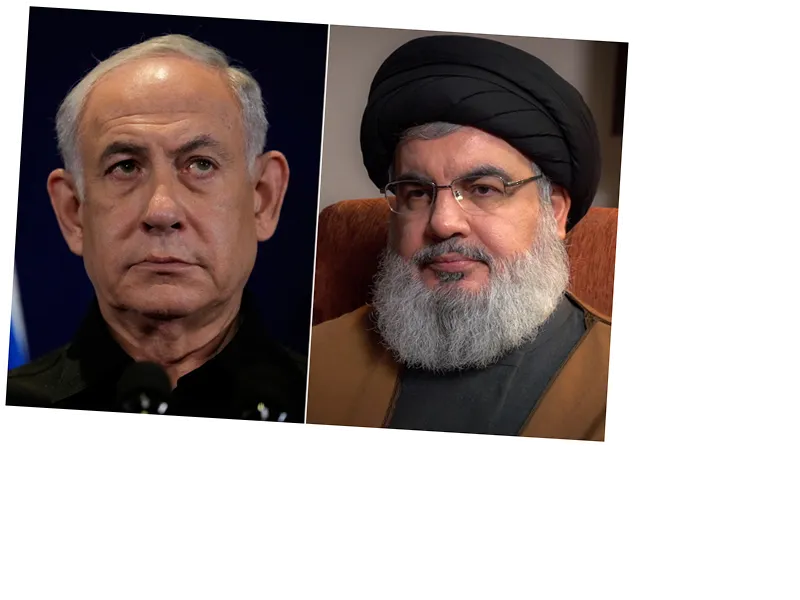Netanyahu's Strategic Miscalculation: The October 7 Complex in Lebanon
The ongoing conflict in the Gaza Strip has deepened Israel's military and political crisis, with Prime Minister Benjamin Netanyahu facing increasing pressure from both within and outside the country. Since the onset of the war, Israel has suffered significant losses, with over 690 soldiers killed and thousands more wounded, particularly from limb injuries. The Israeli Defense Ministry reports that approximately 1,100 new wounded soldiers are admitted each month, highlighting the human cost of this protracted conflict.
In a surprising turn of events, Israel's military strategy has shifted towards Lebanon, as Netanyahu sought to alleviate pressure from Hamas by opening a new front against Hezbollah. This decision was fueled by the need to project strength and regain a semblance of control following the devastating Al-Aqsa Flood attack. The concept of 'unity of arenas' has emerged, where resistance forces across the region collaborate against Israel, complicating its military response.
As the conflict escalates, Israel's attempts to dismantle this unity have proven challenging. Recent bombings in Lebanon aimed at undermining Hezbollah's capabilities were met with a swift and coordinated response from the group, demonstrating their resilience and adaptability. Following the assassination of Hezbollah's leader Hassan Nasrallah, the organization has maintained operational continuity, conducting strikes against Israeli targets and signaling their intent to sustain the fight.
The situation took a dramatic turn with an unexpected Iranian missile barrage targeting Israel, sending citizens into shelters and reigniting fears of a broader conflict. Analysts are now questioning how Israel will respond to a potential multi-front assault involving Iran and Hezbollah, raising concerns about the long-term implications of this escalating conflict.
In conclusion, the ongoing war has not only strained Israel's military resources but has also revealed the complexities of regional dynamics, where alliances and strategies are continuously evolving. The future remains uncertain, with the potential for further escalation and a prolonged conflict that could reshape the Middle Eastern geopolitical landscape.






